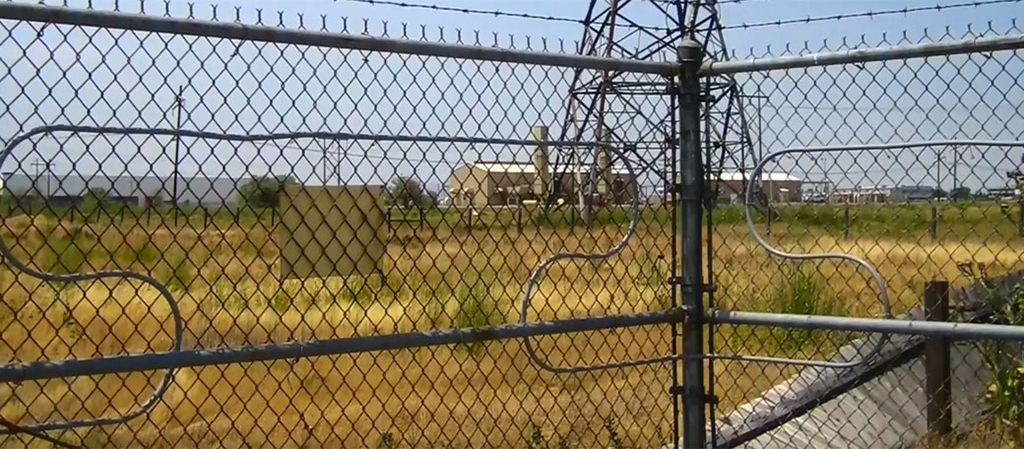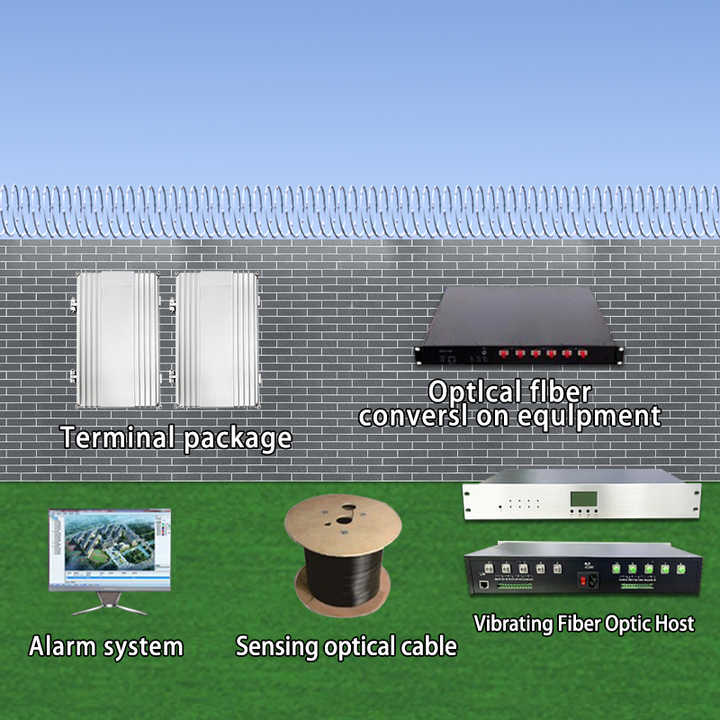How to Set Up a Fiber Optics Infrastructure for Security Installations in Offices
Secure Your Home With Dependable Fiber Optic Security Solutions
In an age where safety and security threats are significantly innovative, the need for efficient defense solutions is extremely important. Fiber optic protection systems stand out by supplying remarkable dependability and efficiency, leveraging innovative light transmission technology to enhance monitoring abilities. security fibers. Understanding the complexities of fiber optic safety can light up the path to safeguarding your property much more effectively.
Benefits of Fiber Optic Protection
Fiber optic safety and security remedies supply a series of benefits that make them increasingly vital in today's digital landscape. One of one of the most considerable benefits is their superior data transfer capacity, which enables the transmission of big amounts of information over fars away without substantial signal degradation. This capability is specifically helpful for protection systems that rely upon high-def video clip monitoring and real-time surveillance.
In addition, fiber optic cable televisions are naturally extra protected than traditional copper circuitry. They are unsusceptible to electro-magnetic interference, making them much less susceptible to hacking or eavesdropping. This improved safety and security is essential for protecting sensitive information and keeping the stability of surveillance systems.
In addition, optical fiber are more long lasting and immune to environmental aspects, such as moisture and temperature level fluctuations, guaranteeing lasting integrity and decreased maintenance expenses. The light-weight nature of fiber optic wires additionally simplifies installation processes, enabling greater adaptability in system design.
Exactly How Fiber Optic Equipment Work
In contemporary safety applications, the procedure of fiber optic systems relies upon the concepts of light transmission via versatile glass or plastic fibers. These fibers are developed to bring light signals over lengthy ranges with very little loss, making them excellent for transmitting information connected to safety monitoring. The core of the fiber, bordered by a cladding material, guarantees that light signals stay contained within the core through a sensation understood as complete interior representation.
When integrated right into safety and security systems, fiber optic cables can transmit information from different sensing units, such as electronic cameras, movement detectors, and alarm systems, to a central surveillance terminal. The high data transfer capability of fiber optics enables for the transmission of large amounts of information all at once, allowing real-time security and prompt response to possible dangers.

Sorts Of Fiber Optic Security Solutions
Various kinds of fiber optic security solutions have emerged to boost monitoring and security throughout various atmospheres. One prominent option is fiber optic boundary intrusion discovery systems (PIDS), created to keep an eye on and safeguard residential or commercial property limits through the discovery of vibrations and disruptions along fiber optic cable televisions. These systems give real-time notifies, enabling punctual actions to unauthorized gain access to efforts.
One more effective option is fiber optic video clip monitoring. This innovation leverages high-definition video cameras linked via fiber optic cords to transmit video data over fars away without considerable loss of top quality. This setup is especially valuable in extensive areas, such as flight terminals and commercial sites, where conventional copper cable televisions may fail.
Additionally, fiber optic sensing units are increasingly used for environmental monitoring, discovering modifications in temperature level, stress, or acoustic signals that might suggest security breaches or hazardous conditions. These sensing units provide high sensitivity and accuracy, making them ideal for essential infrastructure defense.

Installation and Upkeep Tips
Reliable installment and upkeep of fiber optic safety and security remedies are important for guaranteeing their optimum performance and long life. Fiber optic cable televisions ought to be routed firmly, staying clear of sharp bends or twists that might jeopardize their honesty.
During installment, it is advisable to perform extensive testing of the system to confirm that all parts are operating correctly. Routine upkeep checks ought to be scheduled to examine the fiber optic cables for any type of indications of wear or damage, in addition to to make sure that connections remain protected. Cleaning the connectors occasionally is additionally essential to avoid signal loss because of dust or debris.
Furthermore, keeping an updated supply of set up components and their specs can promote much easier troubleshooting and upgrades. By sticking to these installment and upkeep ideas, homeowner can make the most of the efficiency of their fiber optic safety options, making sure a trustworthy defense versus prospective dangers.
Comparing Costs and Performance
When examining fiber optic security options, comprehending the balance between expenses and advice effectiveness ends up being vital (security fibers). Organizations has to take into consideration the upfront investment, continuous maintenance expenses, and the lasting worth these systems offer. While fiber optic systems might call for a higher preliminary installation expense contrasted to traditional copper electrical wiring, their resilience and lowered susceptibility to electro-magnetic interference frequently translate to lower maintenance expenses gradually
Effectiveness is another crucial variable; fiber optic protection systems offer improved information transmission rates and improved integrity. They can cover larger distances without continue reading this signal destruction, making them suitable for expansive buildings or remote locations. The high bandwidth capacity sustains advanced safety applications, such as high-definition video clip surveillance and real-time surveillance, which are necessary for detailed safety monitoring.
Ultimately, the selection in between cost and performance must be directed by particular safety and security requirements and take the chance of evaluations. Organizations should assess their special requirements, considering elements like residential property size, safety and security threats, and technological improvements. By conducting a comprehensive cost-benefit evaluation, stakeholders can make enlightened decisions that line up with their safety purposes while making certain a sound financial investment in fiber optic technology.
Verdict
Finally, fiber optic safety and security remedies use significant benefits in regards to efficiency, reliability, and immunity to environmental interferences. These systems improve surveillance capabilities and boundary protection, making them an efficient choice for detailed protection. First installation expenses may be higher, the long-term advantages, including reduced upkeep and exceptional capability, justify the investment. Ultimately, the adoption of fiber optic technology stands for a forward-thinking strategy to guarding buildings against developing safety and security threats.